WE ARE! (#47)
Of the 67 counties in Pennsylvania, Blair, at the core of our Audubon chapter’s area, is ranked 46 all-time in number of bird species recorded. We’ve logged 259 species so far, 38 above Sullivan County, Pennsylvania’s lowest, but 96 less than Lancaster County, number one in the state.
This year, I set out to see if it was possible to detect at least 200 species in a single hotspot – in this case, Plummer’s Hollow, at the northern end of Blair County. I used every means at my disposal, including a nocturnal flight call recorder, and managed to count 202 species (pending continuing flight call analysis that may swell the total). One of the things I learned was that knowing how to detect birds (I call it “intercepting” them) is a large part of what we think of as “species richness.” Location, habitat quality and diversity, and observer effort are also critically important, but it’s amazing how many species are missed just because someone isn’t in the right place at the right time. We probably missed Sandhill Crane, or Swallow-tailed Kite, or you-name-it this year because someone didn’t glance up at just the right moment in just the right location.
While I like to think that Plummer’s Hollow is special, I suspect that virtually every Pennsylvania natural area with varied habitat and a few hundred acres of woods and fields could turn up similar hotspot top-ten numbers on a yearly basis. The problem is how hard it is to detect some birds unless someone is onsite 24/7. I can’t imagine how many rarities escape notice on our many local ponds and lakes, or even muddy fields, for example. Often, waterfowl and waders land in the night, spend a few hours in the morning, and they’re off again. How many of these completely escape detection? How many of the rarities that non-birders see ever get noted or reported to birders?
WE ARE! (#20)
In 2023, Blair County cracked the top 20 in the state, in a five-way county tie of 223 species for the year. This is a substantially higher county rank than in the past and based on far less eBird checklists than the counties occupying one through 19. This 253-and-counting list is probably still dozens shy of the “true number” (total species present in the skies and/or on the ground at some point during the year) but is nevertheless a testament to the couple dozen casual and, well, fanatical birders who have focused more effort on Blair this year than ever before.
NIGHT WATCH
Blair added six species to its all-time list in 2023. They were the Painted Bunting on April 22, photographed at a feeder near the Juniata Valley Church, and five nocturnal migrants over Plummer’s Hollow: Common Gallinule (4/15); Whimbrel (5/22 and after); Ruddy Turnstone (5/27); Short-billed Dowitcher (7/1 and after); Upland Sandpiper (8/9). Now, there are naysayers who may doubt the importance of birds that fly over at night, but I think nocturnal migrants are equally as important as those that fly over during the day, such as raptors. Whether they land here or not, nest here or not—they are still within our territory. We don’t own them, for sure, but we are their stewards as long as they are here. And whether we know it or not, they—particularly the night-flying ones—face some pretty large obstacles. Take the tens of thousands of Swainson’s Thrushes, Gray-cheeked Thrushes, Hermit Thrushes, and Veeries that stream north in the spring and south in the fall. On certain September dawns, I sit in a field on top of Plummer’s Hollow, awash in the overlapping peeps of thousands of thrushes as they descend to the forests all around to rest and feed for the day. One day, it occurred to me that, minutes earlier, they may have had to thread the massive wind towers of Sandy Ridge, directly to the north, as they exited the Appalachian Plateau airspace and entered the Ridge and Valley Province. (Or, perhaps, they’ve learned to avoid those obstacles?) I’m happy that we’ve kept much of our part of their flyway free of obstacles, and also that we entice them and hundreds of other species with ample opportunities to spend a day, a week, or a season.
To paraphrase the great Eddie Kendricks, KEEP ON BIRDIN’!
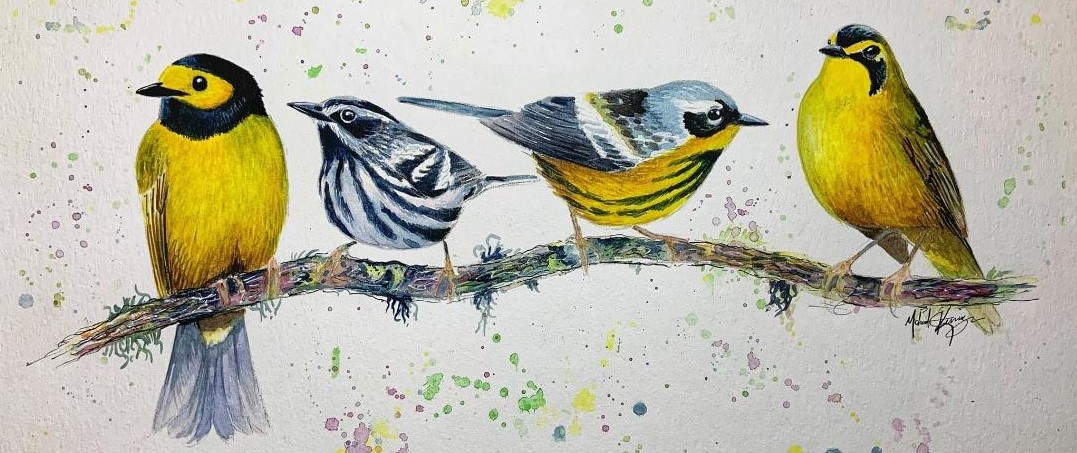
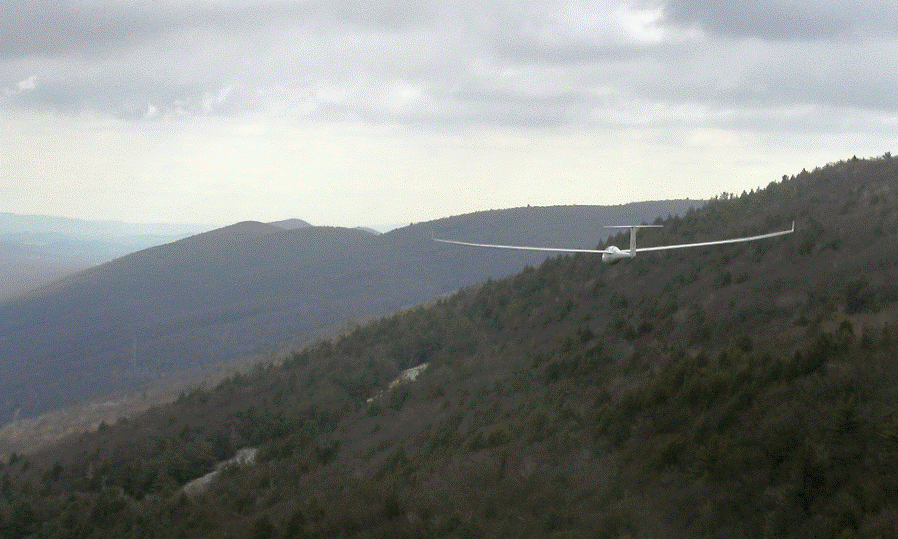
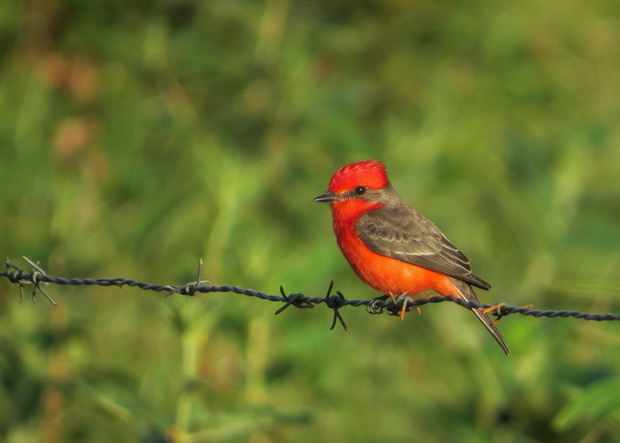
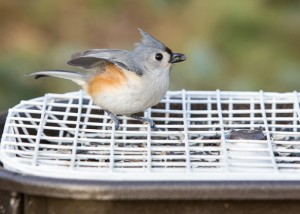
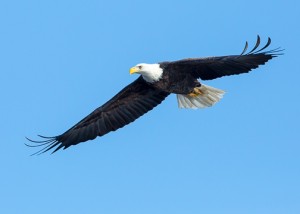
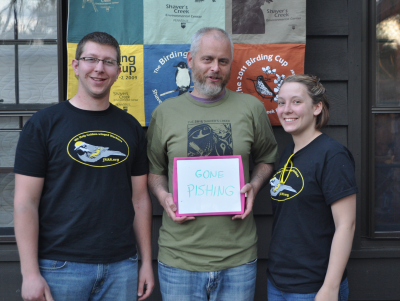
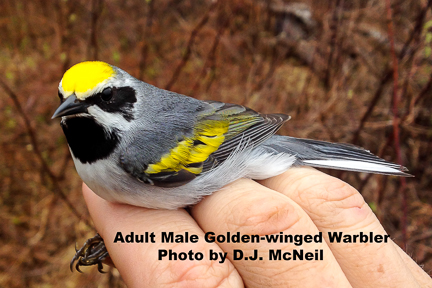
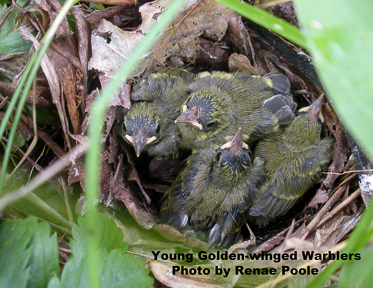 The registration form is located at the bottom of the
The registration form is located at the bottom of the